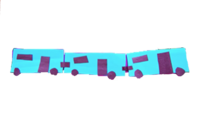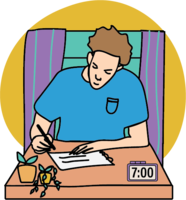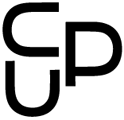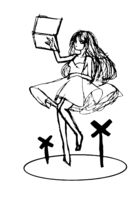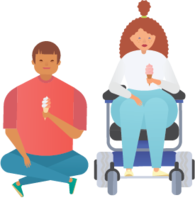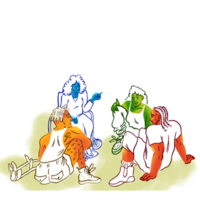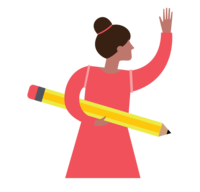Making Policy Public
‘監管紐約美甲店 市議會討論評級 (City Council Discusses Rating System for Nail Salon Inspections)’
New Tang Dynasty Television
May, 2, 2015
Healthy Salons For All is featured in a video report by New Tang Dynasty Television!
‘A Roadmap to Welfare in New York’
City Limits
April, 30, 2015
It’s also a complicated system, and that’s why the Safety Net Project of the Urban Justice Center, working with the Center for Urban Pedagogy, released on Thursday “Your Guide to Welfare,” which walks the reader through the system: who it’s for, what it does and how to access it.
‘This Might Be the Most Important Handout Needy New Yorkers Need’
Next City
April, 30, 2015
She adds that this poster is another way for public assistance recipients to be treated in a dignified way, respectful of the fact that these are benefits they are entitled to: “One of the goals of the poster and of this whole campaign is to let people know that there is a real possibility that there are programs out there that might be able to help them in their day-to-day survival for their family.”
‘New Guide to Public Assistance Aims to Help Neediest Navigate System’
Gotham Gazette
April, 30, 2015
The guide was created over the last year through feedback from recipients of public benefits and advocacy groups. The city’s Human Resources Administration (HRA) also helped review the poster drafts and its commissioner, Steve Banks, was at Thursday’s launch event.
‘All of This Belongs to You, V&A, London — review’
The Financial Times
April, 8, 2015
“Vendor Power” is an easy-to-read document outlining the rights of street vendors in New York, a simple effort to help them in their confrontations with officials who might want to move them on or impose fines. It was developed by the Centre for Urban Pedagogy, a non-profit coalition of architects, designers and artists, and its intention is to make urban life better — not for the creative classes but for the struggling immigrants and budding entrepreneurs who operate the city’s food carts.
‘New Advocacy Guide Maps Path to Improved Parks’
Gotham Gazette
July, 30, 2014
Park enthusiasts, including members of several community and advocacy groups, gathered to celebrate the publication of the guide and move the flourishing park advocacy movement forward, hoping to broaden involvement across the city.
‘Making Policy Public’
MAS Context
July, 1, 2012
A multi-page feature from MAS Context’s special issue on “Communication.”
‘Policy for People poster-style’
Public Policy Lab
November, 10, 2011
The poster speaks to the audience for whom the information is most important — those who are under 18!
‘Know Your Lines’
Art Threat
May, 11, 2011
Who is drawing the lines? What does the shape of a district mean? And what does a good redistricting process look like? These are precisely the questions being tackled in Know Your Lines.
‘‘I Got Arrested—Now What?’’
ABA Journal
December, 1, 2010
[The comic] takes young readers on an easy-to-follow journey from booking to sentencing by breaking down complicated legal concepts into language they can understand.
‘Remaking the Map’
ArtNews
October, 1, 2010
Hubs and spokes in orange dotting and crisscrossing a light blue earth drew attention to major ports where workers could most influence job conditions.
‘I Got Arrested! A Guide to the Juvenile Justice System’
Reclaiming Futures
August, 31, 2010
Want to help teens understand the juvenile justice system? Draw them a picture — or rather, lots of them.



